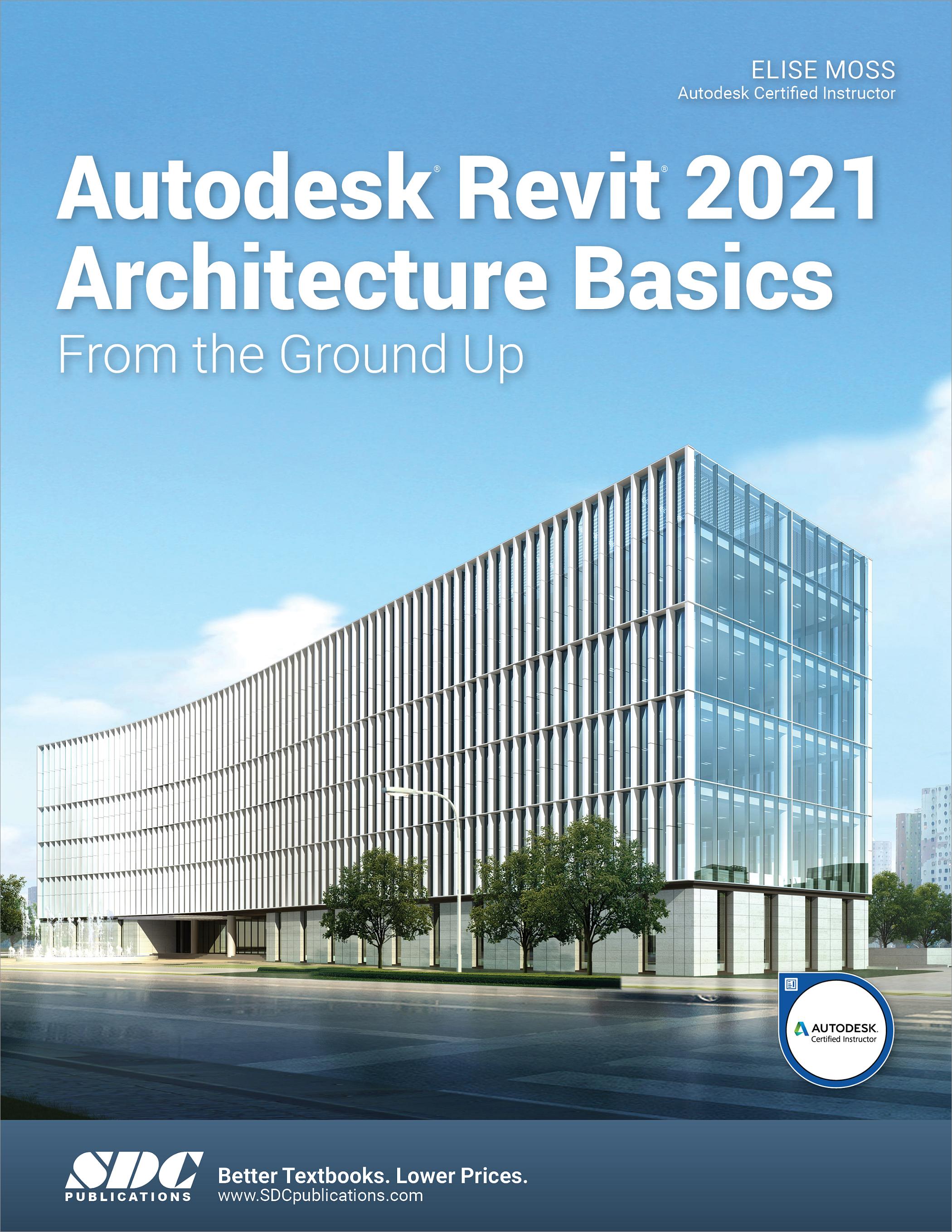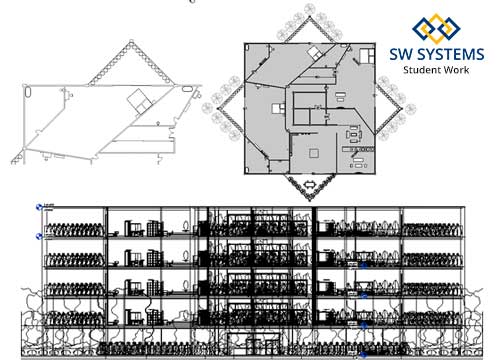
For this process, Autodesk Revit has become the standard that architects, engineers, and designers all swear by. These properties help reduce the volume of waste that ends up in landfills.īIM stands for Building Information Modeling, an architectural and engineering method for creating digital representations of buildings. Reduced Dependency on Fossil Fuels: Using eco-resins helps decrease reliance on finite fossil fuels, which are not only environmentally damaging but also becoming scarcer and more expensive.īiodegradable and Compostable: Some eco-resins are biodegradable or compostable, making them a more sustainable option in the long run. This results in reduced greenhouse gas emissions and a positive impact on climate change Lower Carbon Footprint: Eco-resins have a lower carbon footprint than petroleum-based resins, as they are derived from renewable resources. Some eco-resins may also contain a blend of bio-based and petroleum-based components to improve their performance characteristics.

Other bio-based components can include cellulose, natural fibers (e.g., hemp, flax, jute), and biopolymers (e.g., polylactic acid or PLA).

Here's an overview of eco-resins and their properties:Ĭomposition: The most common eco-resins are made from plant-derived monomers, such as epoxidized soybean oil, linseed oil, and castor oil. They have gained popularity in recent years due to their lower environmental impact and reduced carbon footprint compared to traditional petroleum-based resins. However, it will allow you to communicate your ideas and designs faster, more easily, and more beautifully.Latest blog post What are eco-resins and how can be used to make beautiful design objects?Įco-resins, also known as bio-resins or green resins, are a type of bio-based thermosetting plastic derived from renewable resources such as plant-derived oils, starches, and natural fibers. Learning to use Autodesk Revit will not make you a better architect. You can explore your conceptual designs faster and in more depth. Your schedules and views automatically update when you change features.

The benefits come when you start creating your documentation and you realize that your views are automatically defined for you with your 3D model. The advantages of working in 3D are not initially apparent to most architectural users. The text walks you through from concepts to site plans to floor plans and on through reflected ceiling plans, then ends with an easy chapter on how to customize Autodesk Revit to boost your productivity. This book is filled with tutorials, tips and tricks, and will help you get the most out of your software in very little time. Autodesk Revit 2018 Basics for Architectural Design is geared towards beginning architectural students or professional architects who want to get a jump-start into 3D parametric modeling for commercial structures.


 0 kommentar(er)
0 kommentar(er)
